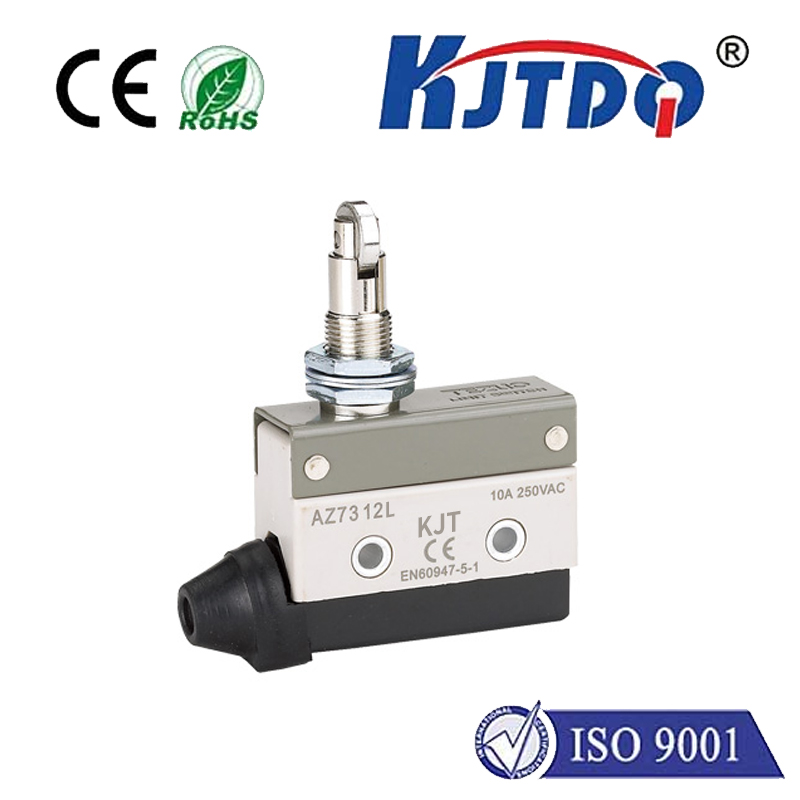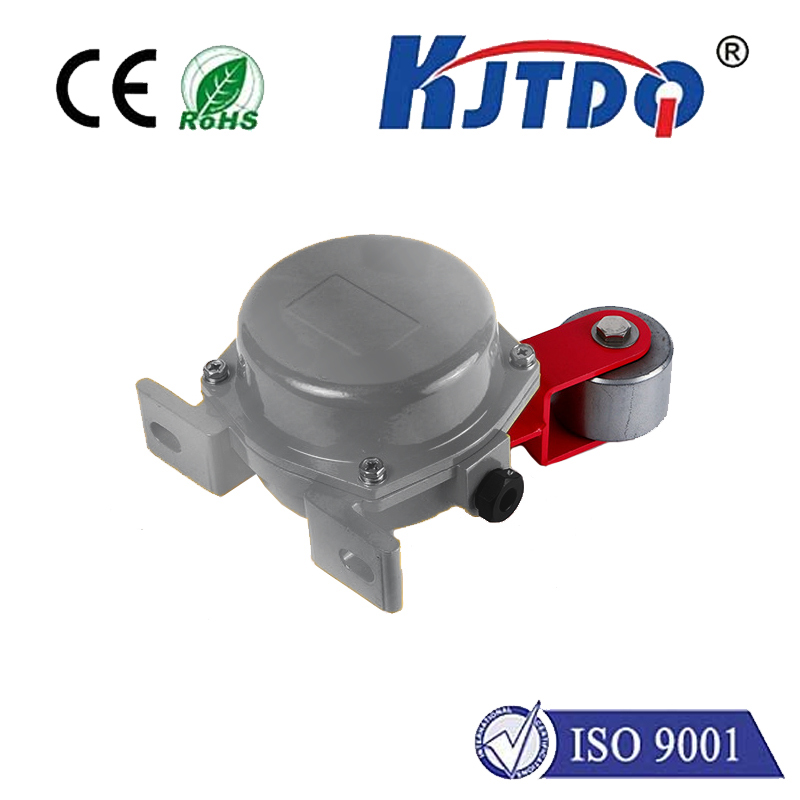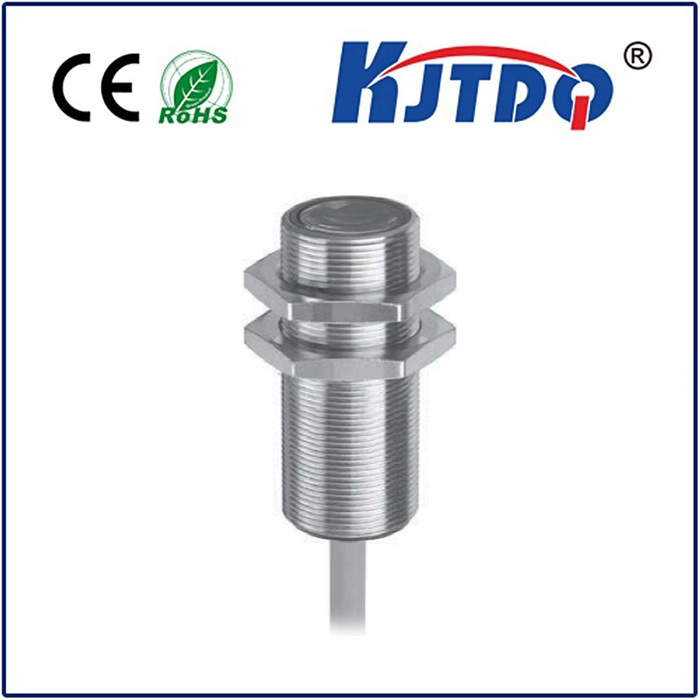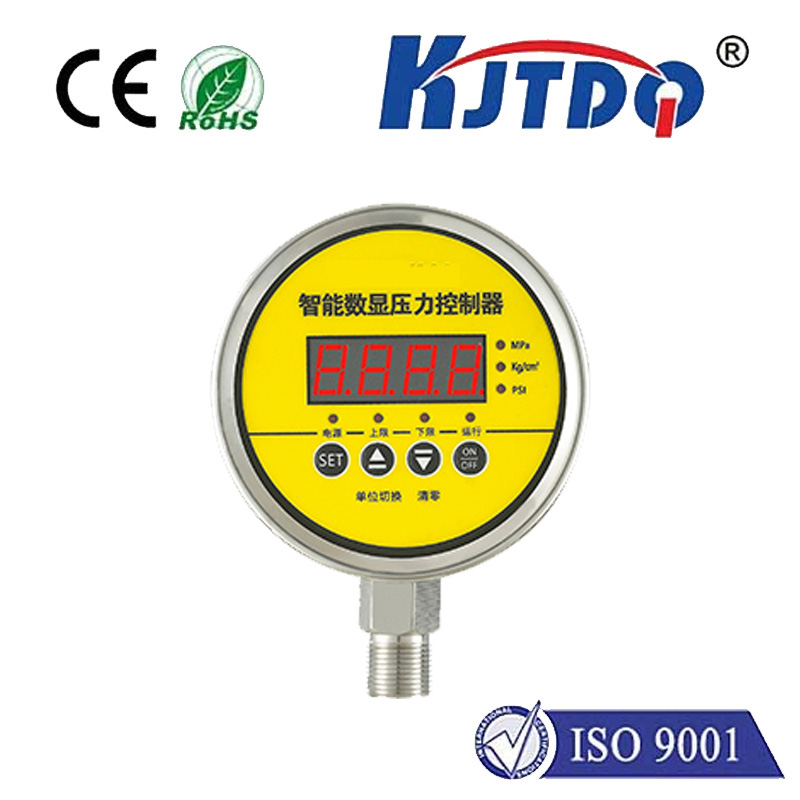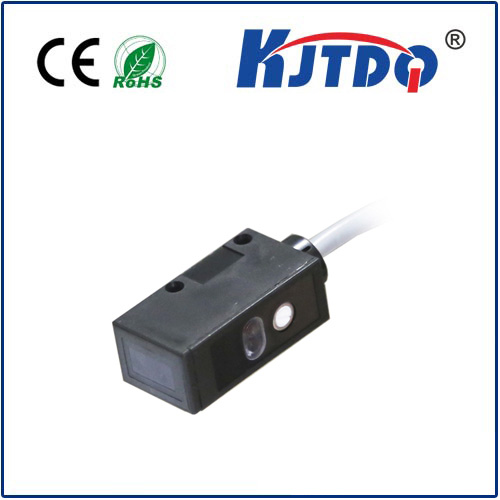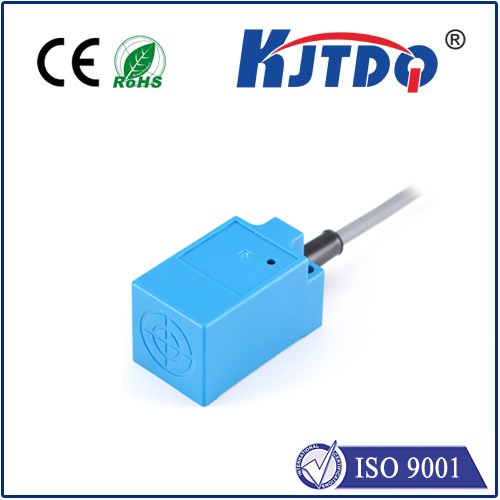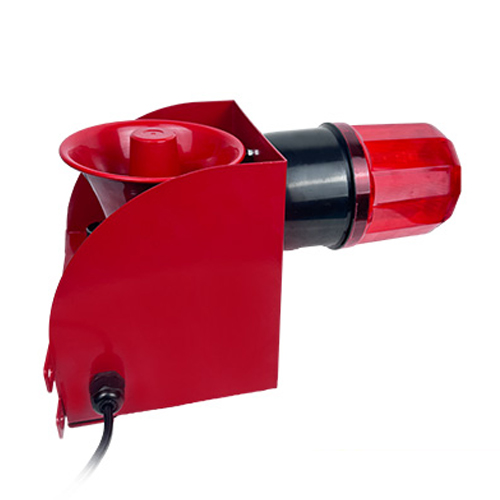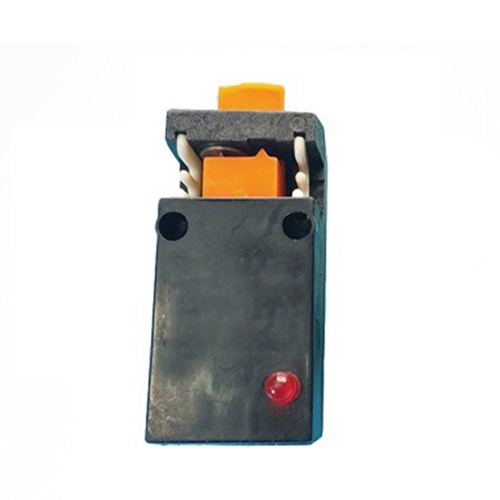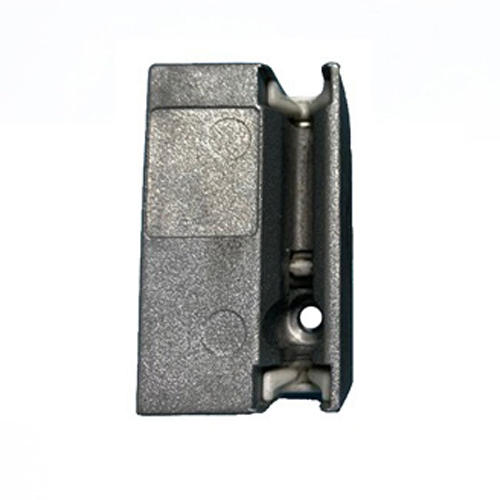proximity pnp sensor
- time:2025-06-28 00:51:08
- Click:0
The Silent Guardian: How PNP Proximity Sensors Revolutionize Automation
Imagine a robotic arm assembling delicate electronics, a conveyor belt whizzing products at high speed, or a CNC machine carving metal with micron precision. In each scenario, success hinges on knowing exactly where objects are, instantly and reliably, without physical touch. Enter the PNP proximity sensor: the unseen, silent guardian enabling countless facets of modern automation. These non-contact marvels detect the presence or absence of objects with incredible consistency, forming the sensory backbone of efficient and safe industrial processes.
Demystifying the PNP Proximity Sensor
At its core, a proximity sensor detects nearby objects without any physical contact. The “PNP” designation specifically refers to its electrical output configuration, crucial for integrating it into control circuits. Most common industrial proximity sensors utilize either inductive or capacitive sensing principles:
- Inductive Proximity Sensors: Primarily detect metallic objects. They generate an electromagnetic field using an oscillator coil. When a metal target enters this field, it induces eddy currents within the metal, causing a detectable change in the oscillator’s amplitude or frequency. This change triggers the sensor’s output.
- Capacitive Proximity Sensors: Detect a wider range of materials, including metals, plastics, liquids, powders, and wood. They function by sensing changes in capacitance between the sensor face and a target. The presence of any material with a different dielectric constant than air alters this capacitance, triggering the output.
The “PNP” Key: Understanding the Output Signal

This is where the “PNP” part becomes critical. PNP refers to the type of transistor used in the sensor’s output stage and defines how it provides a signal:
- PNP Sensor Output: Acts as a switching source. In its “active” state (when it detects a target), the PNP sensor connects the sensor’s signal wire (+V, usually brown) to the positive supply voltage (typically +24V DC). Essentially, it sources positive voltage to the load (like a Programmable Logic Controller - PLC input). When inactive (no target), the signal wire is disconnected from the positive supply, effectively “floating.”
- Contrast with NPN: NPN proximity sensors act as switching sinks. When active, they connect the signal wire to the negative/common (0V) wire. Understanding this difference is vital for correct wiring to downstream controllers.
| Feature |
PNP Proximity Sensor |
NPN Proximity Sensor |
| Output Type |
Sourcing |
Sinking |
| Active State |
Outputs +V (+24V) |
Connects Output to 0V |
| Idle State |
Open Circuit (Floating) |
Open Circuit (Floating) |
| PLC Input |
Compatible with Sinking Input Modules |
Compatible with Sourcing Input Modules |
| Common Wiring (3-wire) |
Brown: +V, Blue: 0V, Black: Signal |
Brown: +V, Blue: 0V, Black: Signal |
Where PNP Proximity Sensors Shine: Ubiquitous Applications
The non-contact detection capability, combined with the robustness, long lifespan (no moving parts), and high-speed switching of PNP proximity sensors, makes them indispensable across countless industries:
- Position & End-of-Travel Verification: Confirming cylinders are fully extended/retracted, checking parts are in place before machining, or signaling when a door is closed. (Keywords: position sensing, machine safety)
- Object Counting & Presence Detection: Tracking products on conveyors, ensuring components are present for assembly, detecting filled containers. (Keywords: object detection, counting sensors)
- Level Monitoring: Detecting minimum/maximum levels of liquids or bulk solids in tanks or bins (often using capacitive PNP sensors). (Keywords: level sensor, fluid control)
- Speed Monitoring (Rotary): Counting gear teeth or detecting holes on rotating shafts to monitor RPM.
- Automotive Manufacturing: Used extensively in robotic welding, part handling, and assembly line verification.
- Packaging Machinery: Detecting cartons, films, caps, and ensuring smooth flow through fillers, cappers, and labelers. (Keywords: packaging automation)
- Material Handling: Controlling conveyors, palletizers, and sorting systems by detecting items or pallet positions.
- Food & Beverage Processing: Hygienic variants withstand washdowns, detecting containers, caps, or product levels. (Keywords: washdown sensor)
Choosing and Using PNP Proximity Sensors Effectively
Selecting the right industrial proximity sensor involves several considerations:
- Sensing Principle: Inductive (metals) or Capacitive (metals, plastics, liquids, etc.)?
- Sensing Range: What distance does the sensor need to detect the target from? Remember, rated sensing distance (Sn) is typically defined under ideal conditions (standard target material and size). Real-world range might be less.
- Output Configuration: PNP (sourcing) is widely preferred in many regions (like Europe and increasingly globally) and is typically used with sinking PLC inputs. Confirm compatibility with your PLC or controller module. Three-wire PNP sensors are standard, providing separate wires for power (+V), common (0V), and the switched output signal.
- Environment: Consider temperature, humidity, potential chemical exposure, and washdown requirements (look for high IP ratings like IP67 or IP69K).
- Target Material and Size: The material (especially for inductive sensors) and the size/shape of the target significantly impact effective sensing distance.
- Mounting: Flush, non-flush (provides longer range but needs more clearance), or specialized form factors?
- Output State: Normally Open (NO) or Normally Closed (NC)? Choose based on what logic state (on/off) you need when a target is detected.
Best Practices for Installation:
- Correct Wiring: Double-check datasheets! Connecting a PNP sensor incorrectly can damage it. Brown (+V), Blue (0V), Black (Output Signal - Switched +V).
- Power Supply Quality: Use a stable, regulated DC power supply (commonly 10-30V DC, often 24V DC). Noise or voltage spikes can cause erratic behavior.
- Shielding Cables: In electrically noisy environments, use shielded cables grounded at one end (usually the controller end) to minimize interference.
- Mounting Stability: Secure the sensor firmly to prevent vibration or movement that could alter the sensing distance.
- Avoid Mutual Interference: Maintain sufficient distance between sensors (typically 2-3 times sensor diameter) to prevent them from affecting each other’s fields. Mounting metal sensors adjacent to metal surfaces can also reduce the effective sensing range for inductive types.
- Regular Maintenance: While rugged, periodically check sensors for physical damage, buildup of dirt, metal shavings, or other debris on the sensing face, which can degrade performance. Clean as recommended by the manufacturer.
From intricate electronics assembly lines to rugged mining operations, the PNP proximity sensor provides the fundamental “eyes” for machines. Its reliability, defined by non-contact operation and a solid-state design, coupled with the clear electrical language of its **s






